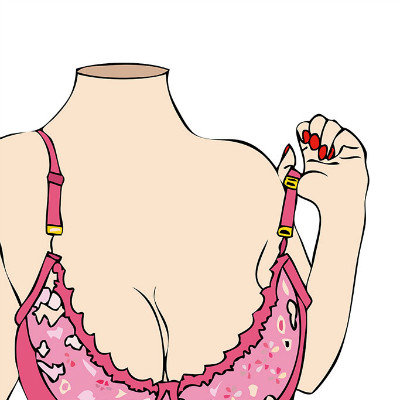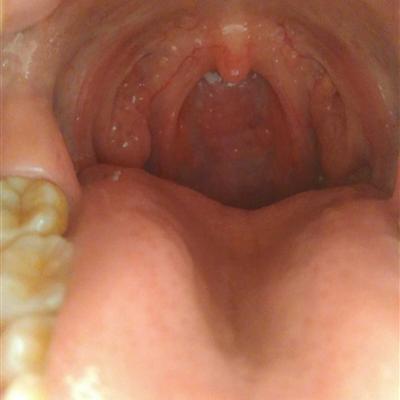Symptoms of breast hyperplasia
summary
In the new era, women's pursuit of work and family is getting higher and higher, and problems such as pressure, boredom and depression come with it, as well as diseases. It can't be ignored to find physical problems. Breast hyperplasia is the most common breast disease in women, and its incidence rate is the first place in breast diseases. In recent years, the incidence rate of the disease has been increasing year by year, and the age is getting younger and younger. Most of the cases occurred in women aged 30-50 years old, and the peak incidence was 35-40 years old. Now, let's talk about the symptoms of breast hyperplasia.
Symptoms of breast hyperplasia
Breast pain, often distending pain or tingling, can affect one side or both sides of the breast, with one side more common, severe pain can not touch, even affect daily life and work.

Breast pain often appears or aggravates a few days before menstruation, and the pain obviously alleviates or disappears after menstruation; Pain can also fluctuate with mood changes, fatigue and weather changes. This kind of pain related to menstrual cycle and emotional changes is the main feature of hyperplasia of mammary glands.

Breast mass, mass can occur in unilateral or bilateral breast, single or multiple, generally occur in the upper quadrant of the breast. It is manifested as flaky, nodular and striped shapes with different sizes, among which flaky shape is the most common. The boundary is not obvious, the texture is medium or slightly hard, there is no adhesion with the surrounding tissue, and there is often tenderness. Most breast lumps also have the characteristics of changing with the menstrual cycle. The lumps increase and harden before menstruation, and shrink and soften after menstruation.

matters needing attention
1. As there is no exact understanding of the mechanism and etiology of mammary gland hyperplasia, the current treatment is basically symptomatic treatment. 2. Some patients can relieve themselves after a few months to one or two years, and most of them need no treatment. 3. The pathological hyperplasia of mammary gland should be treated actively. 3. The possibility of canceration should not be taken lightly.












